Best Timing for Demolition Service
Determining the optimal time for demolition service depends on various factors, including weather conditions, project scope, and local regulations. Typically, the most suitable periods are during mild weather months to minimize delays caused by rain or extreme temperatures. Planning ahead ensures safety and efficiency during demolition projects.
Demolition is best scheduled during dry, mild weather to prevent delays and safety hazards.
Align demolition with construction schedules to ensure smooth project progression.
Coordinate with local authorities to comply with permits and restrictions.
Avoid periods of high humidity or extreme temperatures for optimal safety.

Preparing the site ensures safety and efficiency during demolition.
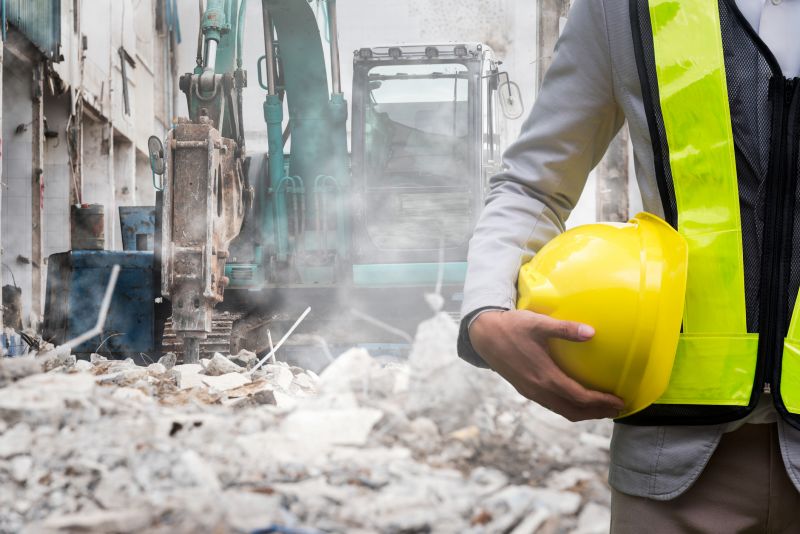
Heavy machinery is used for controlled and precise demolition.
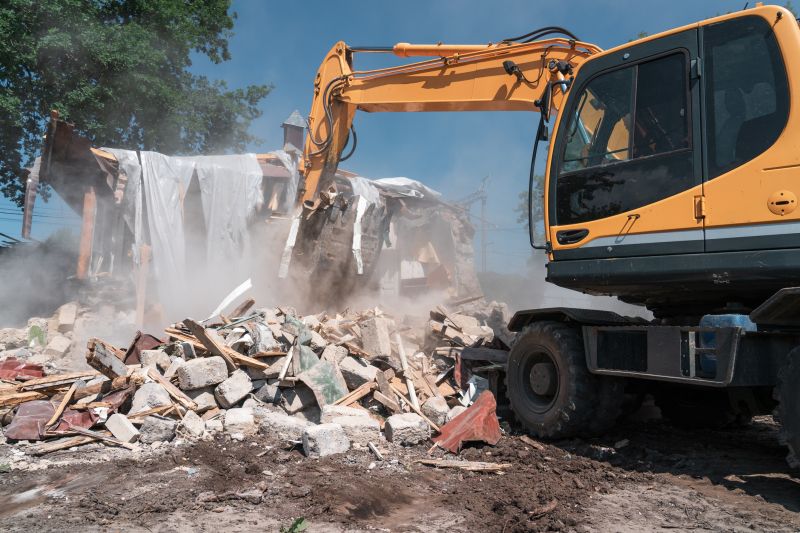
Implementing safety protocols reduces risks during demolition projects.

Ways to make Demolition Service work in tight or awkward layouts.
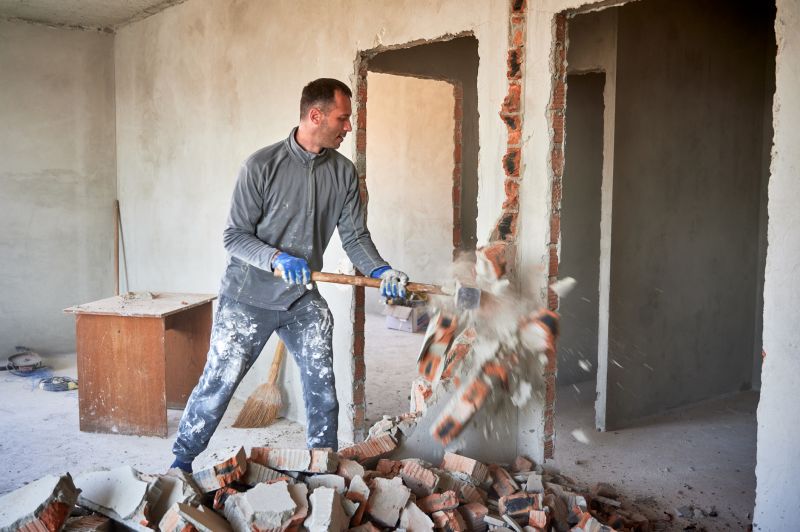
Popular materials for Demolition Service and why they hold up over time.
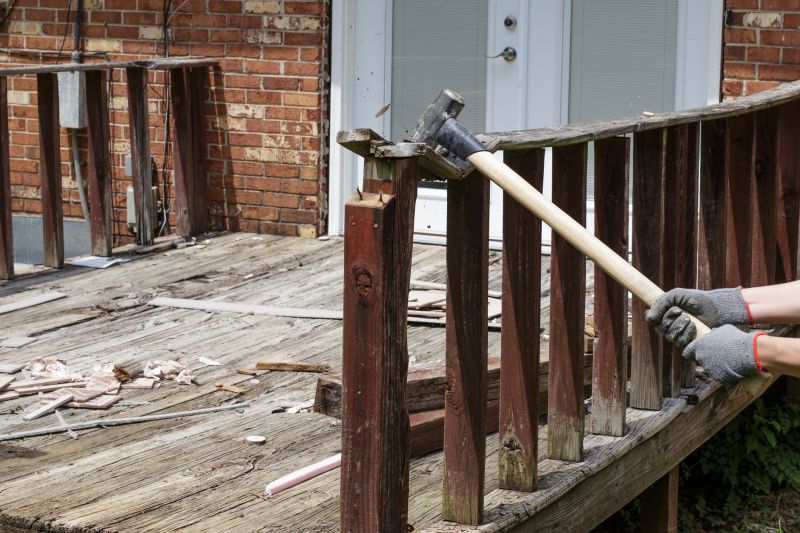
Simple add-ons that improve Demolition Service without blowing the budget.
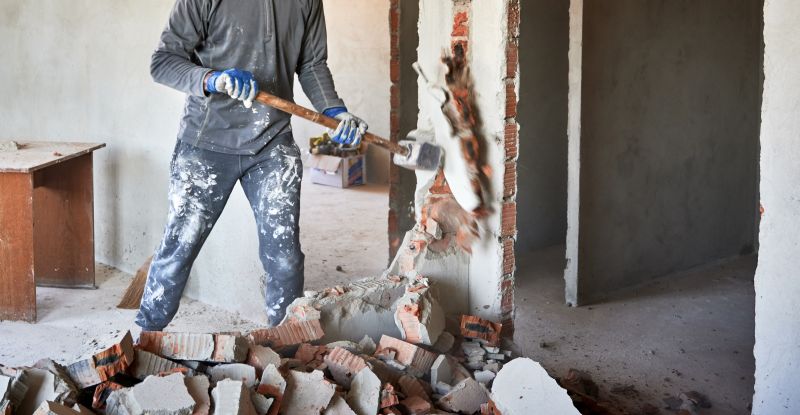
High-end options that actually feel worth it for Demolition Service.
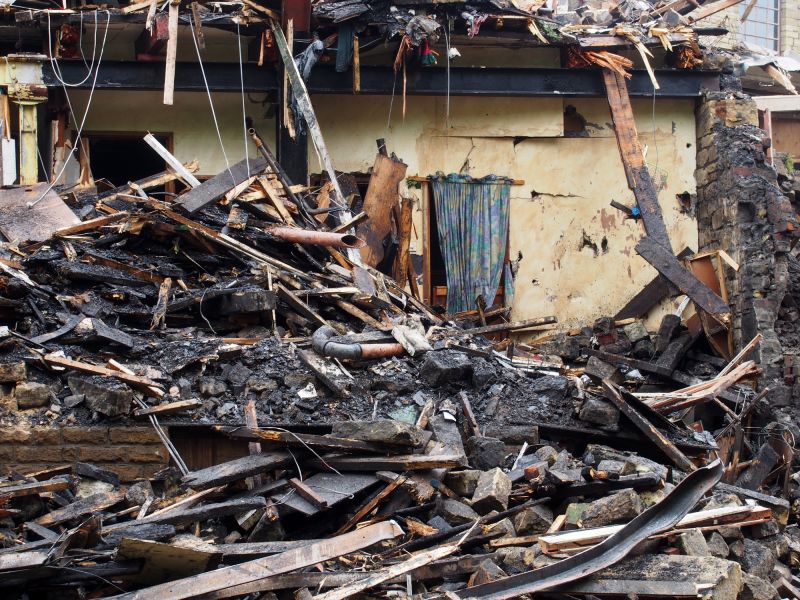
Finishes and colors that play nicely with Demolition Service.
| Aspect | Optimal Timing |
|---|---|
| Weather Conditions | Dry and mild weather |
| Project Coordination | Align with construction phases |
| Permits and Regulations | Prior to project start |
| Community Impact | During low-traffic hours |
| Environmental Factors | Avoid high humidity periods |
Demolition services involve the systematic dismantling of structures, often requiring specialized equipment and skilled operators. Proper planning and timing are crucial to ensure safety, compliance, and efficiency. Accurate scheduling helps prevent project delays and minimizes disruption to surrounding areas.
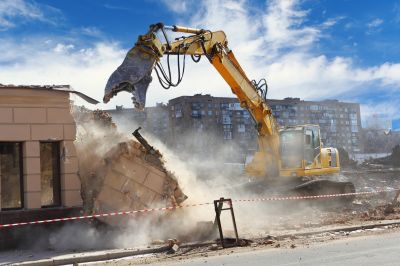
Precision techniques ensure safe removal of structures.
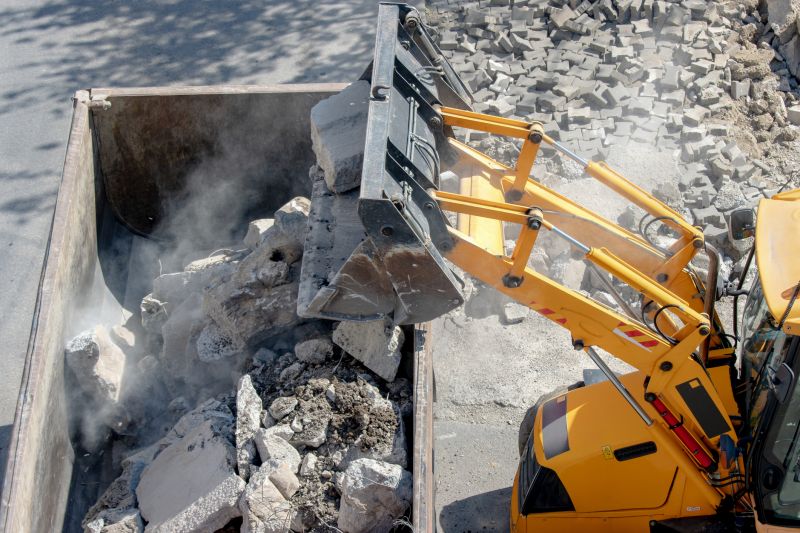
Excavators and wrecking balls are essential tools.

Efficient cleanup is vital for site readiness.

Protective equipment safeguards workers.

Preparing the site for future development.

Managing waste and hazardous materials properly.
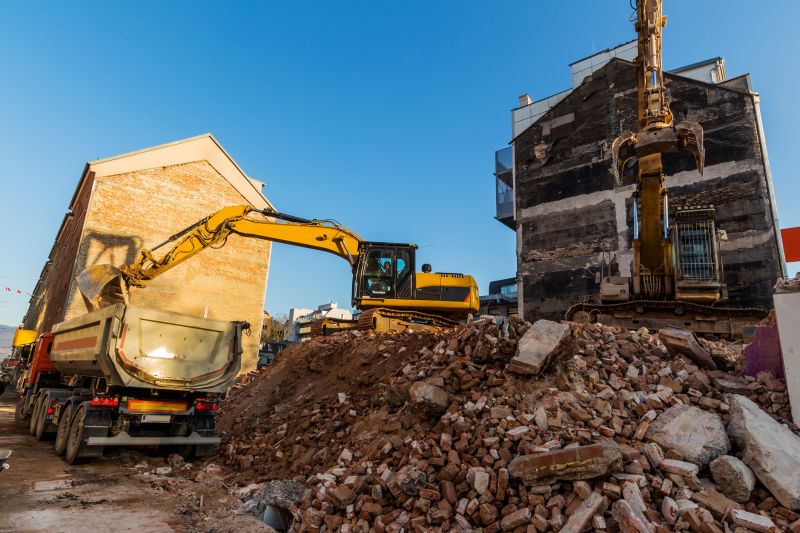
Various machinery for different demolition needs.

Post-demolition site ready for new development.
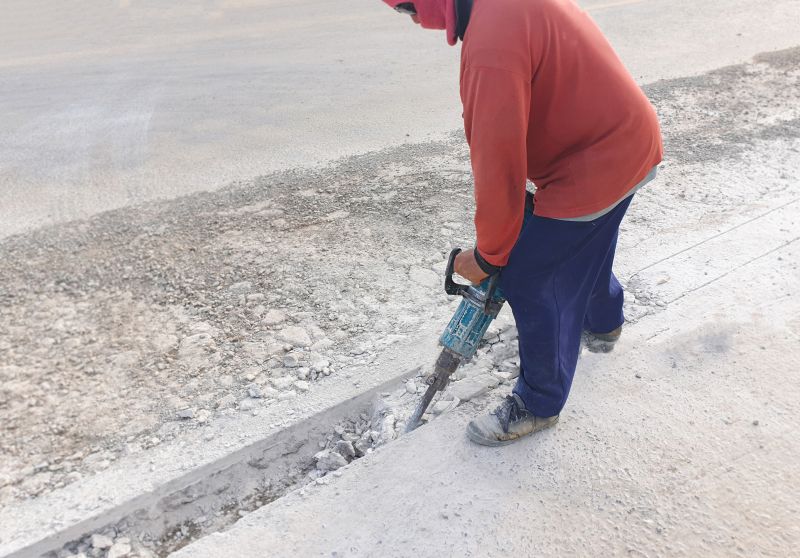
Skilled operators executing demolition tasks.

Ensuring safety during all phases of demolition.

Little measurements that prevent headaches on Demolition Service day.
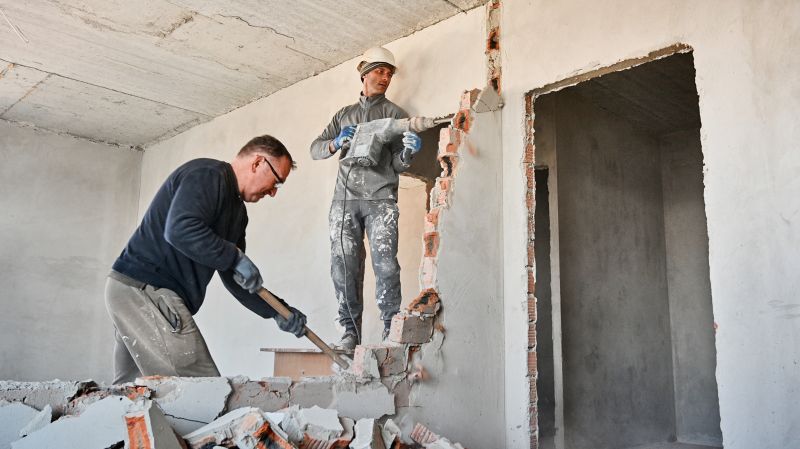
A 60-second routine that keeps Demolition Service looking new.

A frequent mistake in Demolition Service and how to dodge it.

Small tweaks to make Demolition Service safer and easier to use.
The duration varies based on the size and complexity of the structure.
Site assessment, permit acquisition, and utility disconnections are essential.
Yes, local regulations and community considerations influence scheduling.
Use of protective gear, controlled equipment operation, and site security.
Interested parties can contact to schedule demolition services or to receive more detailed information. Proper timing and planning are essential to ensure safety, efficiency, and compliance during demolition projects.
